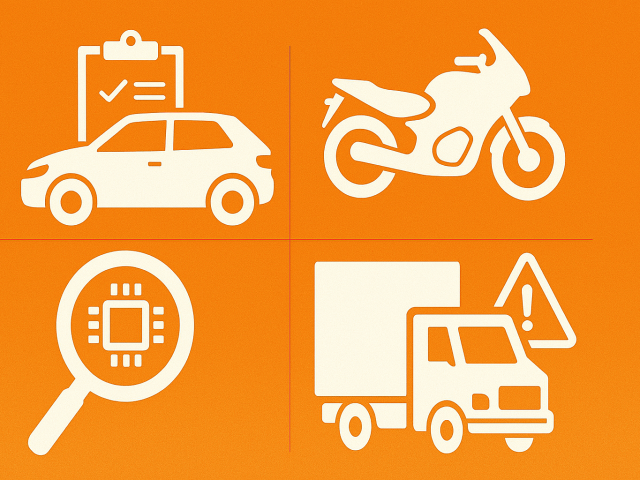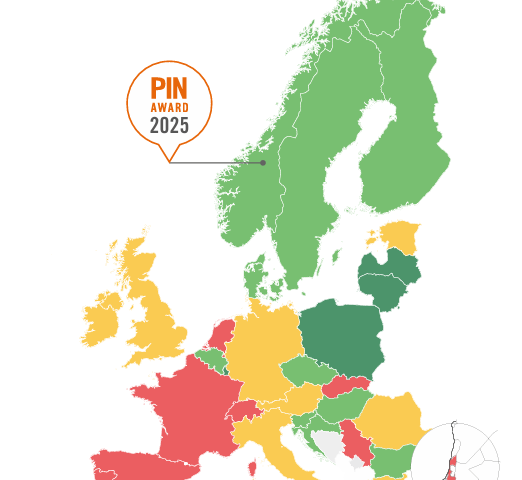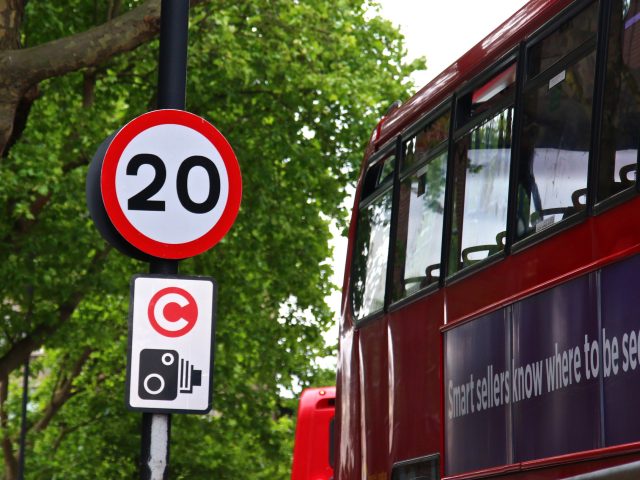New legislation will boost availability of digital speed limit information
In a proposed legislative update to EU rules on Intelligent Transport Systems (ITS), the European Commission says EU Member States will have to supply data on speed limits. The data will then be available for use by in-vehicle safety systems such as Intelligent Speed Assistance, helping to ensure more accurate information. In a first step, speed limit data will be made available for roads on the Trans-European Transport Network (TEN-T), other motorways and primary roads by December 2025. In a second step, the entire public road network of the EU should be covered, at the latest by December 2028. The rules will need to be agreed with EU Member States and the European Parliament.
The planned update on ITS rules would also require Member States to make other data available, including data on detected road safety events, such as temporary slippery roads, wrong-way drivers, exceptional weather conditions and unprotected crash sites, for the TEN-T network by December 2026. By that time, Member States also have to provide an ITS service on road safety-related traffic information – which could be communicated to cars equipped with the technology. The European Commission states that the supply of both road safety data and services should be mandated in order to improve road safety.
ETSC welcomes these proposed changes, in particular the requirement for the supply of data on speed limits, as correct speed limit information is key for vehicle safety systems such as Intelligent Speed Assistance (ISA) to achieve their potential to improve road safety in the EU. In addition to cameras, well-performing ISA systems also use maps to determine the applicable speed limit for the road the vehicle is driving on.
By requiring Member States to make data on speed limits for their entire road network available, map makers gain trusted sources – the national road authorities – to ensure the accuracy of their own data on speed limits. This in turn should ensure that drivers are correctly assisted by their ISA systems to keep to the applicable speed limit, and should furthermore minimise driver annoyance from incorrect information. Accuracy is important because ISA systems can be turned off by the driver for the duration of the trip; a flaw in the current rules ETSC has repeatedly expressed concerns on.
ETSC has long supported TN-ITS, a platform as well as a technical standard that facilitates and fosters the exchange of changes to static road data, including speed limits, between national road authorities and data users such as map makers. The EU-funded project “TN-ITS GO” concludes at the end of this year, and has resulted in TN-ITS pilot services being deployed in Cyprus, Greece, Hungary, the Netherlands, Slovenia, Spain as well as Portugal, and with existing services in Flanders, Finland, France, Ireland, Sweden and the UK expanded.







